Apple orchards are especially suitable for agrivoltaics in Washington State given the large acreage synergies with crop production and economics, found a report made in collaboration between The Nature Conservancy, American Farmland Trust, Washington State University and the Spatial Climate Solutions Lab at UC Santa Barbara.
The findings pertaining to apple agrivoltaics were part of an in-depth report on the feasibility of agrivoltaics in Washington state.
Elevated single-axis tracking arrays in apple orchards showed strong potential to reduce sunburn risk by 34% to 95%, the report found. Depending on array design and location, the arrays outperformed conventional shade cloths. Though denser tracking arrays are more effective at reducing sunburnt apples, the researchers said the increase in shading resulted in some yield loss in apples. However, because the reduction in sunburnt apples was greater than the yield loss from shading, the apple orchards paired with the solar arrays resulted in an overall increase in the percent of marketable fruit.
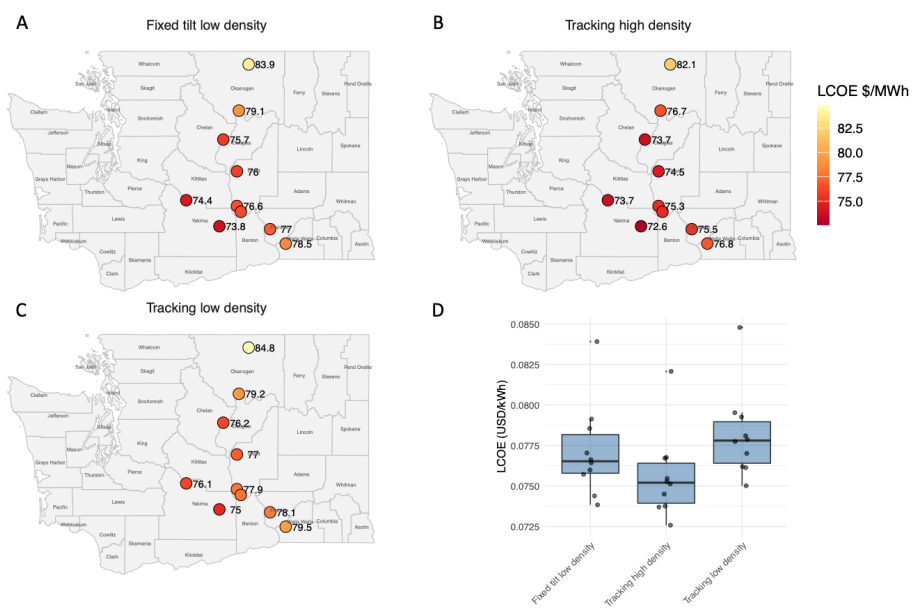
Apple agrivoltaics systems require elevated panel structures to rack the panels above tree canopies, which are more expensive than standard utility-scale ground-mounted solar setups. According to the report, apple agrivoltaic systems have a levelized electricity cost ranging from $70 MWh to $85 MWh. However, the report said these costs are still within the range of utility-scale solar projects in the United States and are comparable to projects at similar latitudes and solar radiation.
For apple agrivoltaics, single-axis tracking and not fixed-tilt panels are more appropriate because most orchards are oriented north-south, the report said. However, fixed-tilt panels can work well if they are perpendicularly racked.
The most cost-effective apple agrivoltaic systems, the report said, are in regions such as Yakima, Benton, Grant, and Chelan counties.
Cider apple orchards are not motivated by the shading benefits of agrivoltaics for cider apples, the authors said. Because fruit quantity is more important to cider orchardists than quality, they are less concerned about heat stress. However, the author noted, excessive heat stress can cause fruit to rot.
However, a case study highlighted in the report found that cider orchards nonetheless have economic opportunities from apple agrivoltaics, as their high energy demand for apple pressing, heating of cold stored fruit and pasteurization can be met through onsite solar generation. The land also provides other dual-use opportunities for solar energy on cideries that may provide economic value without negatively impacting fruit yield, such as hedgerows and wind breaks.
For table and desert fruit orchards, the report said there are economic opportunities due to climate risk with agrivoltaics for certain high-value apple varieties such as Honeycrisp and Cosmic Crisp apples, as well as cherries. These fruits are more susceptible to sunburn, the report said, so capital costs for trellising and shade cloths have the potential for offsetting the additional costs associated with racked panels at 13 feet above ground.
For example, trellising systems cost $4000 per acre for poles and between $2000 to $13,000 per acre for shade cloth installation. Because tree fruits are susceptible to damage due to late frost, overhead solar panels can provide insulation and complement existing mitigation methods, the report said.

Overall, the authors said they found well-designed agrivoltaics systems can significantly improve land use efficiency. For lettuce, a well-designed agrivoltaics system improved by a ratio of between 1.7 to 1.9; for each acre of agrivoltaics, the land produced as much lettuce and solar energy as it would normally take from 1.7 acres to 1.9 acres of land to achieve if it were dedicated to either use alone.
“Although agrivoltaic projects tend to be costlier than standard ground-mounted solar projects, they are still cheaper than rooftop solar installations,” the report said.
Ultimately, however, for substantial agrivoltaic adoption to occur in Washington, the report said “it will depend on Washingtonians’ willingness to invest in research and demonstration, cross-sector collaboration, financial incentives, and creative policy solutions.”
Read about the latest agrivoltaic research, such as how solar panel height affects crop yields, or how solar grazing supports healthier sheep, here.
This content is protected by copyright and may not be reused. If you want to cooperate with us and would like to reuse some of our content, please contact: editors@pv-magazine.com.
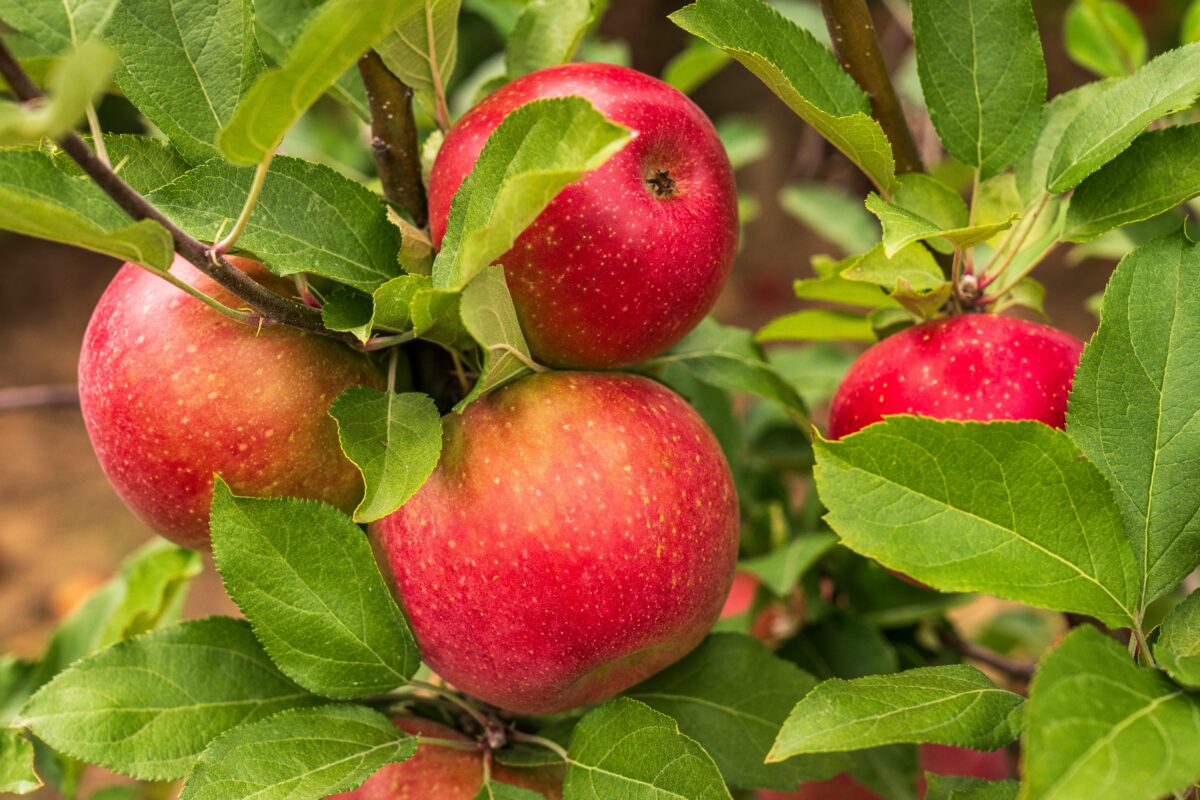
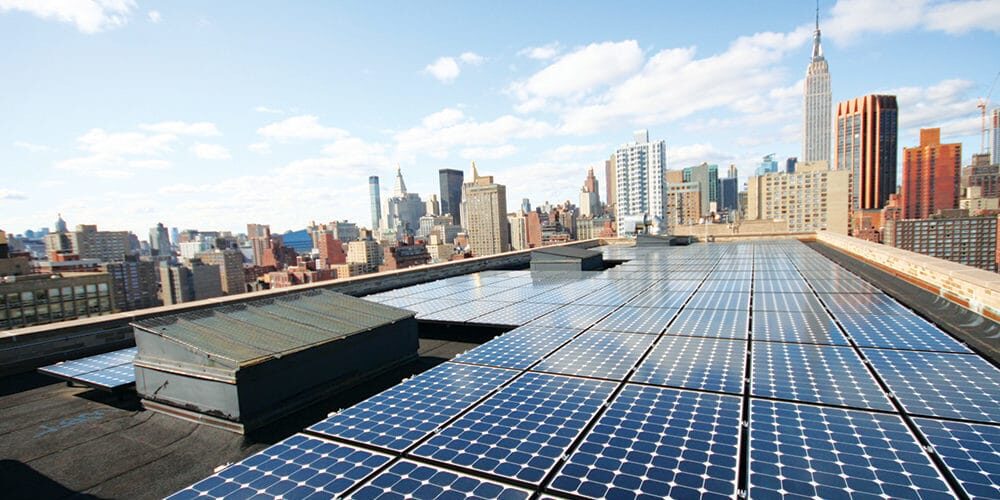


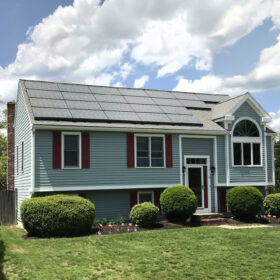


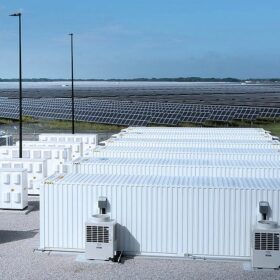
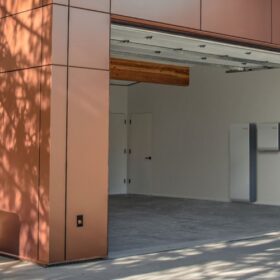
By submitting this form you agree to pv magazine using your data for the purposes of publishing your comment.
Your personal data will only be disclosed or otherwise transmitted to third parties for the purposes of spam filtering or if this is necessary for technical maintenance of the website. Any other transfer to third parties will not take place unless this is justified on the basis of applicable data protection regulations or if pv magazine is legally obliged to do so.
You may revoke this consent at any time with effect for the future, in which case your personal data will be deleted immediately. Otherwise, your data will be deleted if pv magazine has processed your request or the purpose of data storage is fulfilled.
Further information on data privacy can be found in our Data Protection Policy.